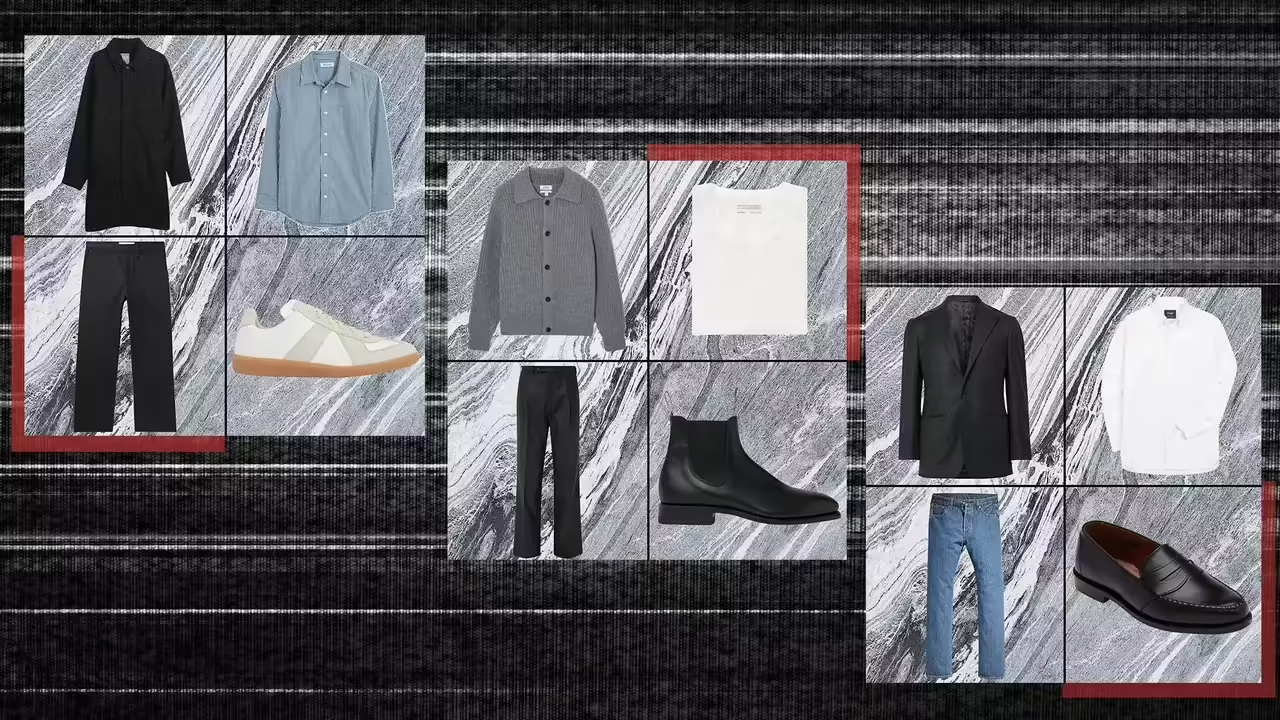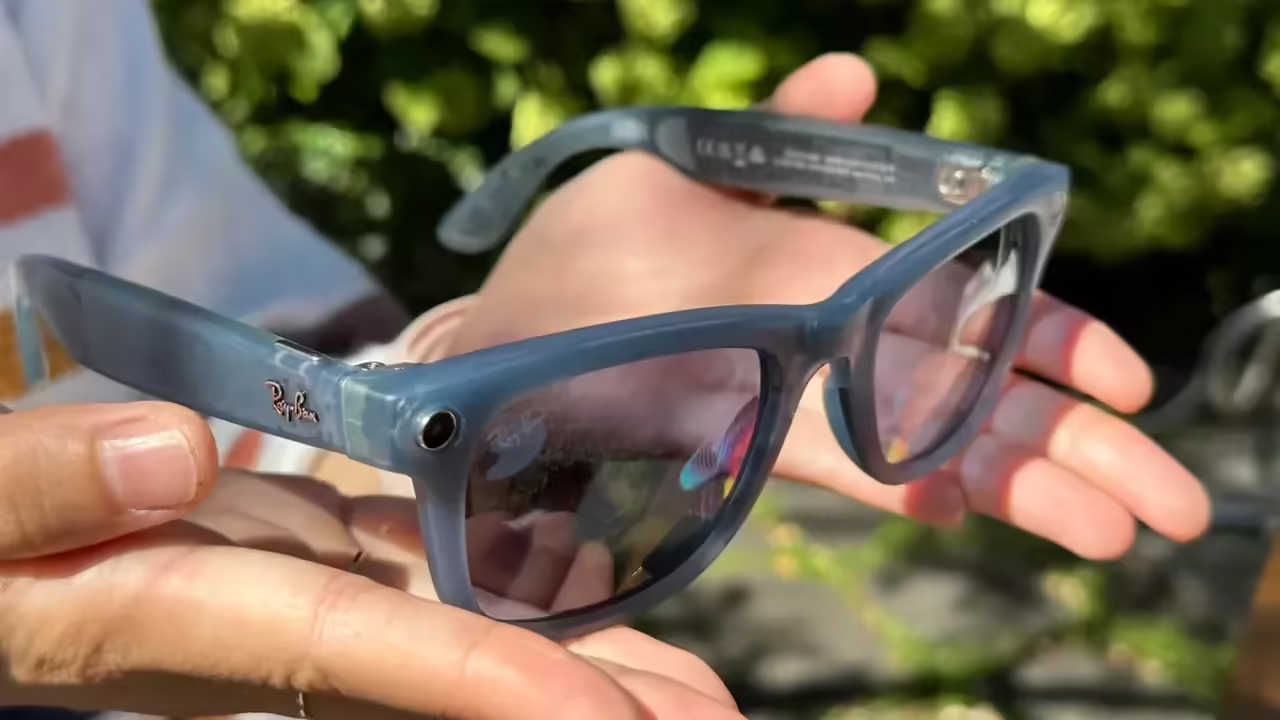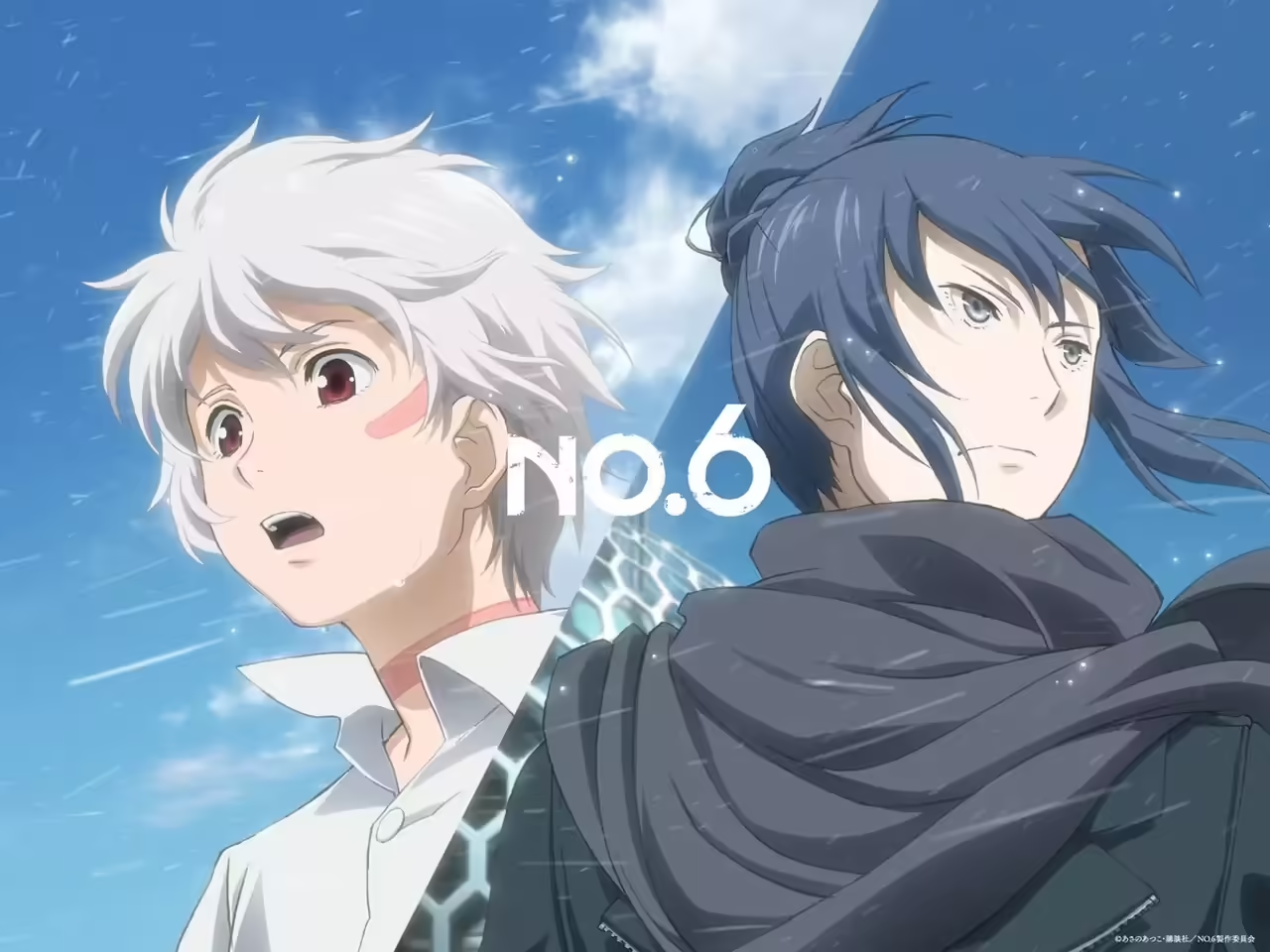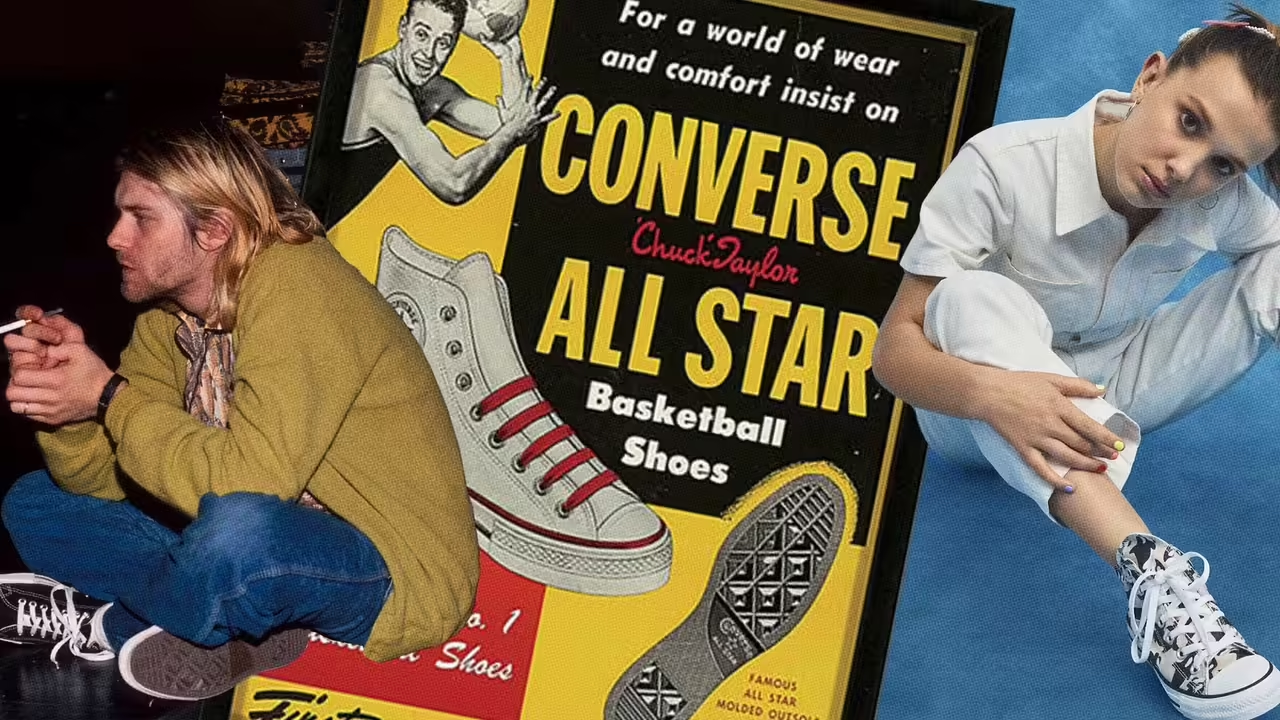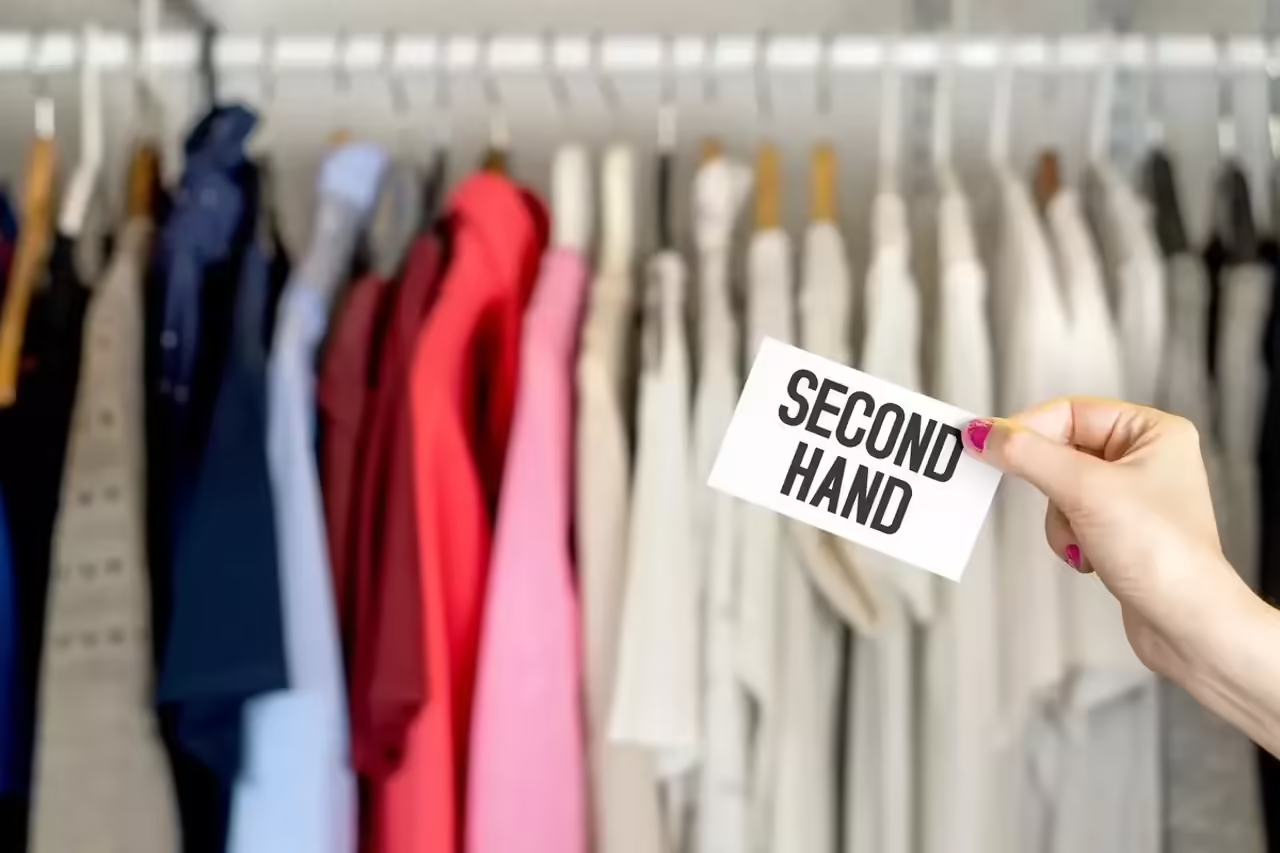
At the crossroads of vintage and avant-garde, sustainable fashion emerges as a crucial response to the environmental challenges posed by the contemporary textile industry. In this first section, we delve into the growing trend of second-hand clothing, analyzing the environmental impact inherent in the fashion industry and highlighting the increasing importance of adopting sustainable alternatives.
Exploring the Growing Trend of Second-Hand Clothing
Second-hand fashion has experienced remarkable expansion in recent years, transforming from a marginal practice into a global trend. Beyond being merely a stylistic choice, the preference for second-hand clothing has evolved into a conscious act committed to environmental sustainability. This transformation not only reflects a shift in consumer preferences but also a collective response to the environmental challenges facing the fashion industry.
The rise of online platforms dedicated to buying and selling second-hand clothing has democratized access to unique and quality garments, challenging the narrative of fashion as a fleeting and disposable entity. Adopting this practice is not merely a budgetary matter; it has become a means of expressing individuality, backed by a sense of positive contribution to the environment.
The Environmental Impact of the Fashion Industry and the Importance of Sustainable Alternatives
The fashion industry has historically been known for its rapid trend turnover, promoting mass production and generating a significant environmental impact. From the exploitation of natural resources to the generation of textile waste, conventional fashion has substantially contributed to the global environmental crisis.
In this scenario, sustainable fashion emerges as an imperative alternative. By opting for second-hand garments, the demand for new production is reduced, alleviating pressure on natural resources and limiting waste generation. This shift in consumer choice becomes a tangible act to combat overproduction and promote a more circular and sustainable model.
In this article, we will delve into how second-hand fashion has transformed from an option associated with economic constraints to an expression of sustainable elegance. We will explore its environmental benefits and its essential role in building a more ethical and responsible future for fashion.
The Evolution of Second-Hand Clothing: From Stigma to Style
The transition of second-hand clothing from a bearer of stigma to a style icon is a fascinating phenomenon that reflects not only changes in consumer preferences but also a fundamental redefinition of values associated with fashion. In this section, we will explore how the perception of second-hand clothing has evolved, transforming from a discreet choice to a distinctive style statement.
How the Perception of Second-Hand Clothing has Changed
In its early incarnations, second-hand clothing often carried the stigma of being associated with economic limitations or simply outdated fashion. However, in recent decades, we have witnessed a notable cultural shift. Environmental awareness and the quest for individuality have contributed to the revaluation of second-hand clothing.
Today, acquiring second-hand garments is perceived as a conscious and stylish act. The authenticity inherent in these pieces, loaded with stories and memories, has replaced the impersonality of fast fashion options. The idea of giving a second life to clothing is not only acceptable but has become a symbol of taste and responsibility.
Vintage Stores and Boutiques: Fashion Destinations for Finding Unique Treasures
The resurgence of vintage stores and specialized boutiques has been a key component in transforming the perception of second-hand clothing. These establishments have become premier fashion destinations, where consumers seek unique treasures and authentic expressions of personal style.
Vintage stores offer a unique shopping experience, where treasure hunting becomes an exciting journey. These boutiques, far from being mere providers of garments, have transformed into curators of fashion stories, offering a carefully curated selection of garments crafted with unmatched quality and style.
Advantages of Choosing Second-Hand Fashion: Sustainability, Style, and Savings
Now, we will explore two key aspects that make second-hand fashion a smart and meaningful choice: its contribution to sustainability and waste reduction, as well as the economic benefits and access to quality brands.
Sustainability and Waste Reduction:
In the era of fast fashion and mass production, sustainability has become an urgent concern. Second-hand fashion emerges as a direct response to this challenge, offering an effective way to reduce the environmental footprint of the textile industry. Opting for previously loved garments means extending their lifespan and decreasing the demand for new products, thereby reducing the exploitation of natural resources and diminishing the amount of textile waste.
By choosing second-hand fashion, we contribute to a more sustainable cycle by giving new life to garments that might otherwise end up in landfills. This approach, focused on reuse and circularity, aligns with the urgent need to adopt more responsible practices in the fashion world.
Economic Savings and Access to Quality Brands:
One of the most evident attractions of second-hand fashion is its ability to offer quality options at affordable prices. Consumers can explore vintage stores, second-hand markets, or online platforms to discover unique pieces from renowned brands at a fraction of the original price. This economic saving is not only an advantage for individual budgets but also challenges the notion that quality fashion must be prohibitively expensive.
Furthermore, second-hand fashion allows access to a diverse range of styles and brands that may not be available in conventional fashion options. The possibility of finding unique pieces with their own stories adds an element of exclusivity and authenticity to clothing choices.
How to Incorporate Second-Hand Clothing into Your Personal Style: Tips for Combining Vintage Clothing with Current Trends
Fashion is a form of personal expression, and the inclusion of second-hand clothing in your style can add a unique and distinctive dimension to your wardrobe. Here are some practical tips for incorporating vintage pieces into your looks with elegance and style, seamlessly blending them with current trends.
- Define Your Personal Style: Before diving into the world of second-hand fashion, take a moment to reflect on your personal style. Do you lean towards bohemian, classic, or modern? Understanding your style will help you select vintage pieces that naturally integrate with your personal aesthetic.
- Start with Key Pieces: If you are new to second-hand fashion, begin by incorporating key pieces that can easily mix with your current wardrobe. A vintage dress, a retro jacket, or unique accessories are excellent starting points. These versatile pieces can adapt to various occasions and styles.
- Mix and Match Eras: Second-hand fashion provides an opportunity to merge different eras into a single ensemble. Combine a vintage blouse with modern jeans or contemporary shoes with a 1960s dress. Playing with decades can result in unique and fascinating looks.
- Layer Your Style: Layers are an effective way to incorporate vintage pieces into your daily outfit. A retro vest over a basic tee or a vintage shirt under a modern sweater can add depth and texture to your ensemble, creating an interesting blend of styles.
- Combine with Modern Accessories: Update your vintage look with modern accessories. A contemporary handbag, current sunglasses, or modern jewelry can perfectly balance the nostalgia of second-hand garments, creating a vibrant and elegant contrast.
- Play with Textures and Patterns: Experiment with combining textures and patterns to add visual interest to your style. Pair a vintage velvet skirt with a modern cotton shirt or mix retro prints with more minimalist pieces. The key is to find balance and coherence in the mix.
- Personalize and Modernize: Add a personal touch to vintage pieces. If you find something you love but feel it needs an update, consider simple adjustments like changing buttons, shortening, or adjusting the silhouette. This allows you to tailor the garment to current trends while preserving its vintage charm.
- Explore Specialized Stores: Explore specialized vintage fashion stores for a wider variety of options. Visit second-hand markets, retro shops, and vintage boutiques to discover unique treasures that align with your style.
- Be Confident and Experiment: Fashion is a creative form of expression, so be confident and experiment with your style. Don’t be afraid to try unusual combinations and discover new ways to incorporate second-hand pieces into your everyday looks.
By following these tips, you can effortlessly integrate second-hand clothing into your personal style, creating unique looks that tell stories and reflect your individuality in the fascinating world of fashion.
Stores and Online Platforms for Second-Hand Clothing: Exploring Virtual Options for Buying and Selling
Second-hand fashion has experienced a significant resurgence, boosting the popularity of local stores and online platforms specialized in used clothing. From vintage boutiques to exchange communities, there is a wide range of options that offer a unique experience for buying and selling second-hand fashion. In this article, we will explore some reviews of local and online stores, highlighting virtual options that have gained recognition in the world of sustainable fashion.
Local Stores Specialized in Second-Hand Fashion:
- Vintage Treasures (City, Country): Review: This charming local boutique has earned a reputation as a treasure trove for vintage fashion enthusiasts. With a carefully curated selection of garments from different eras, Vintage Treasures offers a unique experience for those seeking unique and authentic pieces. Personalized attention and garment quality have made this store a must-visit destination for retro fashion aficionados.
- Second Skin (City, Country): Review: Second Skin has stood out as a benchmark for local sustainable fashion. Committed to quality and ethics, this store offers a carefully curated mix of second-hand clothing in excellent condition. Customers praise the impeccable organization of the store and the diversity of styles available, from classic pieces to designer treasures.
Online Platforms for Buying Second-Hand Clothing:
- Thriftique.com: Review: Thriftique has established itself as a reliable online platform for buying second-hand clothing. With a user-friendly interface and a wide variety of garments, from casual wear to luxury items, this platform stands out for its quality and diverse selection. Buyers appreciate detailed descriptions and crisp images that facilitate decision-making.
- ReModa Marketplace: Review: ReModa Marketplace has gained popularity for being a platform that goes beyond traditional buying and selling. In addition to offering a broad selection of used clothing, it fosters a sustainable fashion community. Users can exchange garments, participate in virtual events, and access educational content on ethical fashion.
Online Platforms for Selling Second-Hand Clothing:
- Poshmark: Review: Poshmark has emerged as one of the leading platforms for selling second-hand fashion. Its user-friendly interface allows sellers to create their virtual stores, promote their garments, and connect with interested buyers. The active community and promotional tools make selling a dynamic experience.
- Depop: Review: Depop has stood out as a platform particularly popular among the younger generation. With an interface resembling social media, Depop allows sellers to showcase their garments creatively. The platform encourages interaction between buyers and sellers, creating a unique and personalized shopping experience.
In the exploration of these local and online stores, fashion enthusiasts can immerse themselves in a diverse world of options. Whether searching for vintage treasures in a local boutique or exploring online communities for buying and selling, second-hand fashion offers a unique and sustainable experience.

